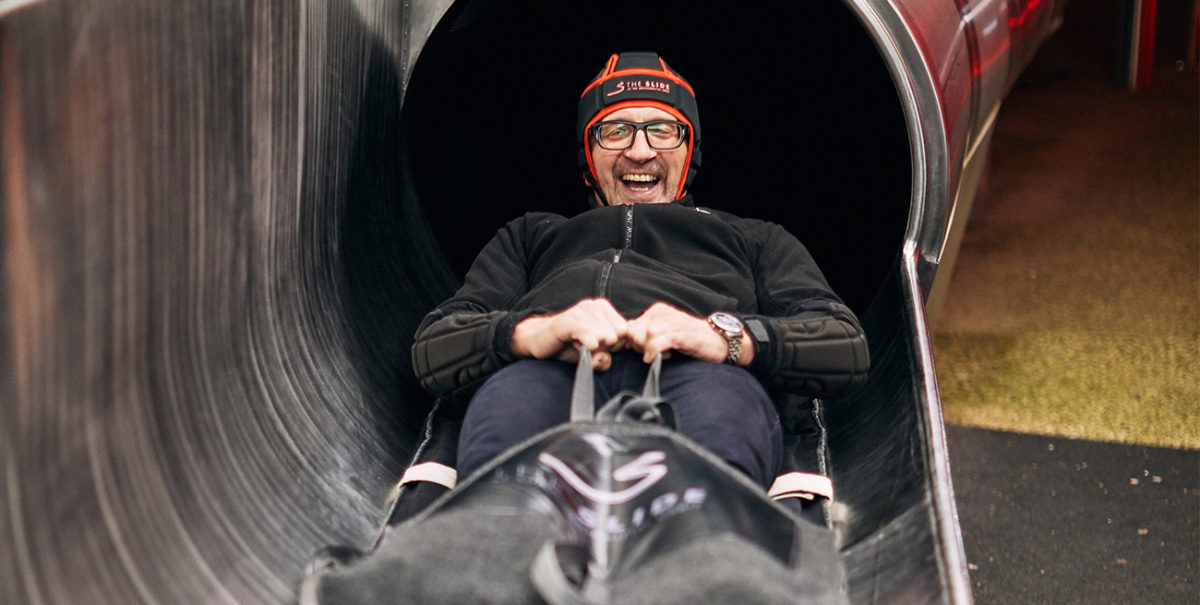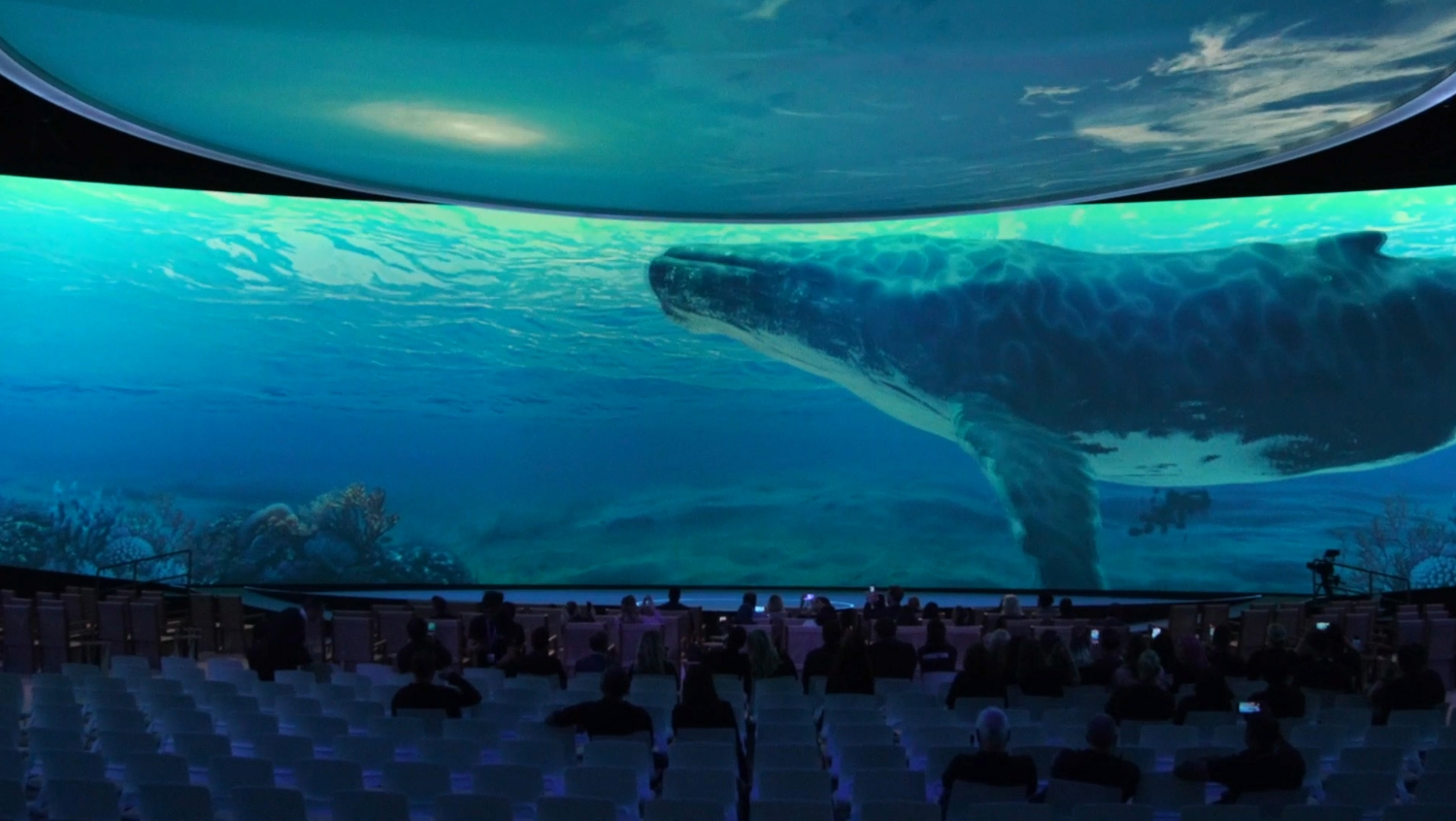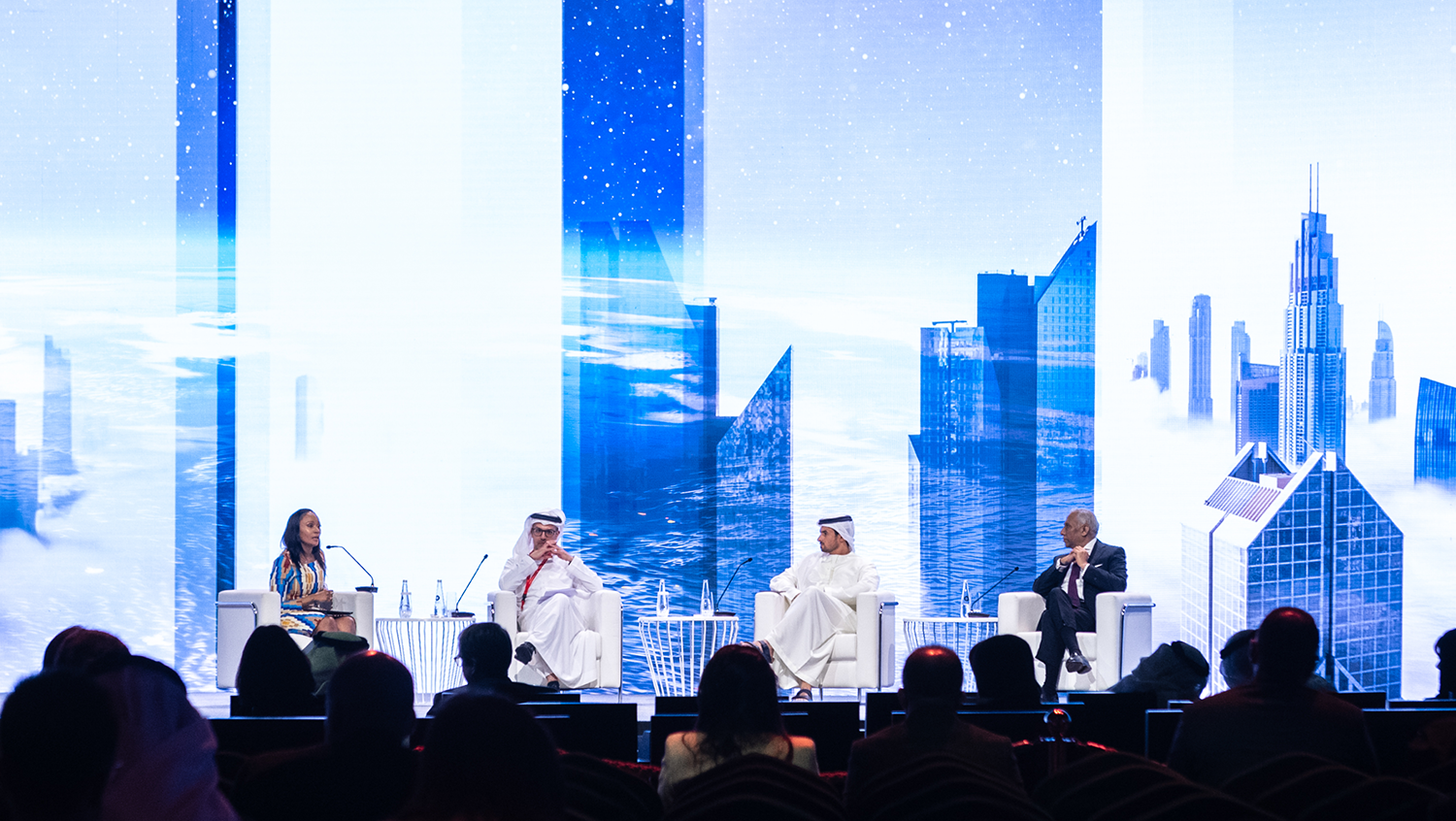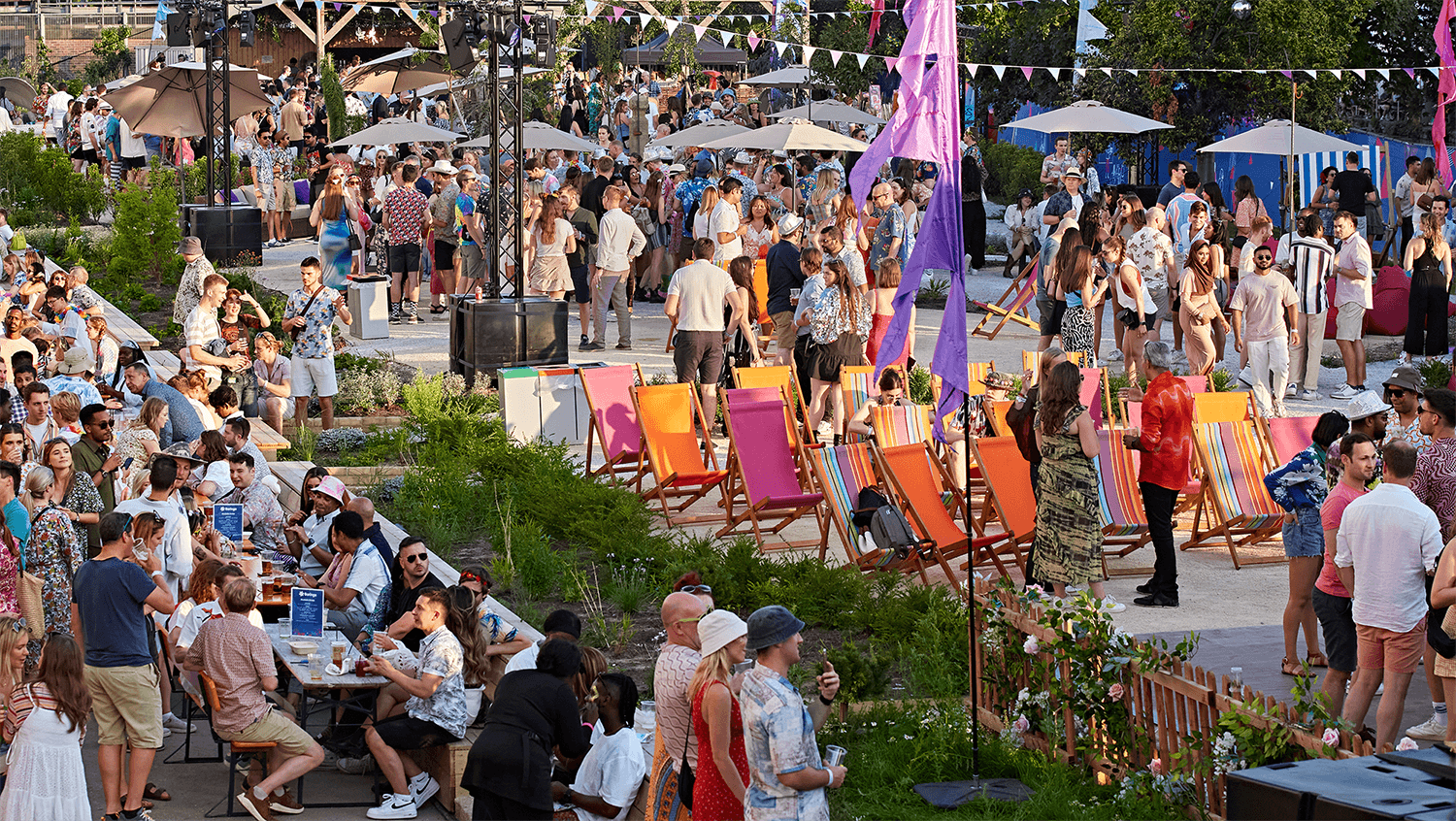Experiential works!

’The Shared Experience agency’…. ‘We are brand experience specialists’….’We create event experiences that change the status quo’…. pretty much every agency in our sector is talking about it and professing to be the best at it. But why? Simply, if you want your audience to remember something for longer, you must get them involved and to physically make an effort.
The more effort the audience puts in (the depth of their processing) the longer they will remember the ‘thing’ they were engaged with.
Asking questions to prime (or resurrect!) your audience
So, how do you get your audience working with your idea/product/brand? In its simplest form, examples are everywhere – when you’re scrolling through Facebook what grabs your attention the most; the ads mixed in with cute puppy images or quizzes such as “Which Cartoon Villain Are You?” (I know which I am) or, “Which Coffee Blend Are You?” or, “What time is Prosecco Time?”. The fact you’ve been asked a question means you’re putting more effort into processing that bit of information and are more likely to engage with the next call-to-action requested of you.
You’re at a conference and the speaker has just started the long-awaited talk on ‘How To Accurately Gauge The Pitch In The Spiral of a 50mm M6 Wood Screw’ and as you feel yourself nodding off, the speaker asks: “Hands up all of you who thought about a screw on the way here” – What?! A simple question now forces you to put effort into thinking, processing and possibly raising your hand. You’re back in the room and are experiencing the talk in a different way and much more likely to listen to the end and engage with another call-to-action since you’ve done so once already.
Engaging your senses
Take the meteoric boom in electric bikes (not a great analogy if you are a dedicated hill-bunny). You can read about the type and power of electric motor to assist the pedalling, the battery power, the type of suspension, the range and the effectiveness of the brakes, etc. But, make the effort to get on one and ride it for a while and your experience is transformed. It becomes more about joy of the ride, the access to your environment, the sights and smells and getting back home eager for the next time you go out.
If you have ever walked into a car dealership, the salesperson doesn’t sit you down and show you pretty pictures of your dream car – one of the first things they will do is ask if you want to sit in it and then suggest you take it for a test-drive. Getting you to put in the effort to engage all your senses in an experience – the ‘new car’ smell, the comfort, the power, the soft whir of the soft-top going down, the sun on your face, the wind in your hair… it’s fair to say you’ll remember that long after the simple sight of a photo. In fact, you’re about 81%* more likely to remember by the simple fact that you had to make an effort and engaged multiple senses in the experience.
With psychology at work to direct you to make more effort to engage with the brand/product and endear you to it, the chances of you parting with your hard-earned cash are greatly improved.
Pretty well all of our clients have been or will be, thinking about how they can engage with their audiences in more meaningful ways and how they can help them to experience their brand/product in a positive and memorable way which will influence them to move along the process to purchase and continue doing so as a loyal customer.
The moral
Making something more engaging and hands-on which requires effort
on the part of the user, is more effective in getting them to remember it.
Can you think of any obvious examples of the above?
Consider this: people have a deeper learning experience when confronted with a dilemma or a need to understand something relevant to them. Now think about one of your clients. Think about one idea to help someone experience their brand/product in a way that would reinforce their relationship with that product or service and lead them along the path to becoming a customer.
The diagram below illustrates the above notions and the effect that activities can have on outcomes. Devised by Edgar Dale in 1946 and 1969, the central cone identifies environments of experience or learning. The percentages have been attributed by others over latter years and, whilst not based on science, are perceived visual indicators of how an increase in stimulation of the senses during learning or ‘experience’ can have a positive effect on how this is remembered.
We should view these in the context of the events sector as it is easy to rebuff these projections if you relate them to other scenarios.

* I made up this percentage but it makes sense, right?!







